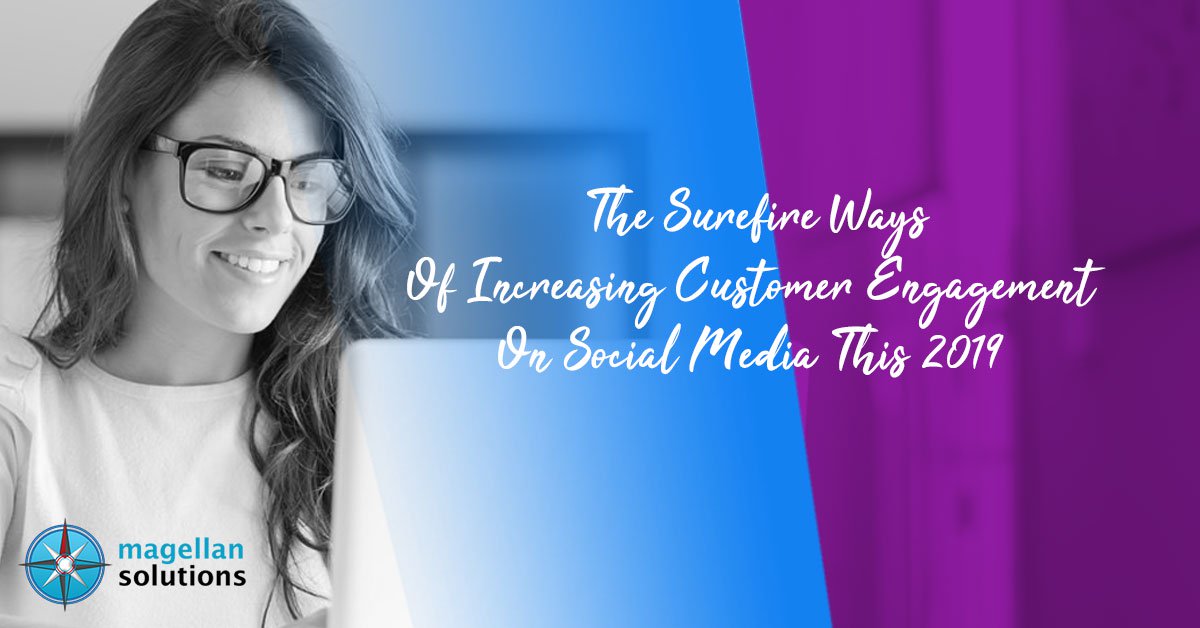By Stephen Diorio
Using big data and analytics to create better incentives for sales, marketing and service teams
Steve Lucas, the new CEO of iCIMS, a business that makes software that helps companies recruit talent, is set on doubling sales over the next 18-24 months. He’s done it before as the CEO of Marketo, where he doubled the revenue and tripled the value of the firm to $4.75B in 24 months.
One of the reasons he’s very likely to succeed is he understands how to lead sales and marketing transformation in an engagement economy where customers are channel agnostic and non-linear buyer behavior has blurred the lines between sales, marketing, and customer success functions.
In his book, Engage to Win: A Blueprint for Success in the Engagement Economy, Lucas explains how to grow a business in a market where changing customer buying behavior defies traditional notions of a linear “lock-step” customer journey and makes CRM based on customer, lead, and account ownership an outdated management concept. A key lesson from the book is that growing a business in the engagement economy will require teamwork, customer stewardship, and a highly orchestrated stream of never-ending customer engagement.
“I view my role as CEO as being the firm’s Chief Engagement Officer,” reports Steve Lucas. “My job is orchestrating the customer experience across many touchpoints and functions. This means developing a real-world strategy for customer engagement, which is something they don’t teach in business schools yet because it is different from a traditional marketing or sales approach. Executing a customer engagement strategy involves creating a vocabulary, culture, measurement system and model for orchestrating the engagement of sales, marketing and services with all the key customer stakeholders in ways that resonate and deliver a superior customer experience.”
Many organizations are putting a single leader in charge of marketing, sales, and service to gain more coordinated control over the entire customer journey. To succeed, this new breed of “CXO” will need a better set of financial incentives for these disparate groups to work together. A key success factor in this new growth equation is to create a common scorecard for customer success based on unified customer engagement metrics that provide go-to-market teams more incentives to work together. The holy grail is to create a common set of financially valid and data-driven incentives where the ultimate scorecard for marketing and sales is firm value, future profits and revenue growth.
Growth oriented investors like Vista Equity Partners (which owns iCIMS) and the Rock Ventures Family of Companies understand and exploit this new buying reality. These market leaders are generating outsized returns on the companies in their investment portfolios because they are mastering the science of growth by actively working with their leadership teams to help them apply advanced analytics to transform their go-to-market culture, processes, and incentives.
“One key to winning in the engagement economy is to develop a universal customer engagement quality score that defines engagement excellence to all the stakeholders in your organization,” according to Lucas. “That means defining as an organization what a 10 out of 10 looks like in terms of customer advocacy, quality of interaction, content sharing, and other relationship health metrics. And then using advanced analytics to build composite metrics that quantify and track customer engagement quality on a customer and account level”
Putting this scorecard for success into operation involves deriving customer engagement quality metrics from the customer data that exists in CRM, exchange servers, marketing automation, and content management systems. The secret is to develop a set of Key Performance Indicators using advanced analytics that track the behaviors and activities that define team success but ladder up to a common scorecard for winning.
Sports teams have embraced analytics in this regard in recent years and provide a model for sales organizations to follow. Like selling teams – sports teams have many different players that play many different roles in order to win the game. There are nine different positions on a baseball team. 11 in Soccer. And over 25 in the NFL. But there is only one scorecard for success – winning. And everyone on the team works together towards that goal.
For example, winning soccer teams can get all 11 players to work as a team because they all understand what it takes to win – score more goals than the opponent. A revolution in advanced analytics has allowed these teams to break down the performance expectations of each player on the team into discrete KPIs – goals saved, passes made, possessions won, and clean tackles – that help each player understand and measure their contribution to that overall goal. In baseball, advanced analytics have allowed GM’s to structure player contracts with financial incentives based on a coherent set of individual performance metrics – runs created, runs saved, errors avoided, hitting efficiency – that all add up in ways that increase the “win probability” of a team and “wins above a replacement player” for an individual.
Sales and marketing leaders need to push their analytics teams to do the same. They need to use advanced analytics and AI to turn their sales engagement data into a common set of measurements and financial incentives that get sales, marketing and services working as a team towards the goals of growing firm value, customer lifetime value, and profits.
For example, Steve Lucas pushed his team at Marketo to clearly define and quantify what a good client relationship looks like empirically on a scale of one to ten. He kept the bar high on engagement quality. Any account team with a customer engagement score less than 9 had to take a series of actions to improve customer health. In parallel, he created a tightly defined customer persona called an Ideal Customer Profile (ICP). He created a vocabulary, criteria, reporting, and most importantly financial incentives for his go to market teams to develop relationships with these “ideal customers”. To enforce this discipline of delivering high quality customer engagement to the highest potential customers, his teams were paid 20% higher commissions when they engaged and developed “ideal” customers. They were paid 20% lower commissions when they spent their energies on less than ideal prospects.
Lucas plans to put the same formula to work at iCIMS once his team defines a vocabulary and metrics that best describe customer engagement quality and the ideal customer profile within their unique business model. “The scorecard for successful customer engagement is different for different business models. What worked at Marketo will be different from what works at iCIMS because it’s a different business. But the principles will be the same”, according to Lucas. “The key is to develop a universal customer engagement quality score that defines engagement excellence for all customer facing employees.”
Unfortunately, advanced engagement-based incentives like this are the exception rather than the rule, even though most go to market leaders have the customer engagement data they need to build them. This is a missed opportunity because traditional measures of marketing and sales performance based on a linear sales process are becoming outdated and dysfunctional. These measurement systems fail to reflect the complex variety of touchpoints, stakeholders, and hand-offs involved in the modern customer buying journey. This creates leakage, friction and conflicting agendas when sales and marketing spend too much energy negotiating credit for lead handoffs and not enough time engaging with customers as a team.
Sales leaders are missing a big opportunity by not using the customer engagement data available to them to create advanced measurement systems. Most organizations are sitting on top of large amounts of customer engagement data in a variety of Revenue Enablement systems – including CRM, exchange (email and calendar), content management, marketing automation, web sites, social media, customer engagement management systems. And that’s not counting data third party partners (like LinkedIn or D&B). This information needs to be used to track and inform the right sales behaviors, actions and performance incentives.
“Organizations are going to need to rewire their commercial engines to better reflect the new buying reality where customers are channel agnostic and buyer behavior is non-linear,’ reports Brent Adamson, distinguished Vice President in Gartner’s Sales practice. “It’s a big job. It’s going to be painful because it involves reworking the legacy commercial infrastructure, and creating new roles, processes and metrics. So, getting it right in the next several years is probably a reach. But companies that even start to make progress creating metrics, dashboards and incentives that are a more accurate proxy of the current buying reality are going to have a significant advantage over the competition.” According to Adamson, companies that align their metrics and incentives with customer buying behavior will give them a much more accurate picture of the cost of sales, the opportunity cost of selling time, and how different resources contribute to their commercial organizations in terms of commercial outcomes. This will allow them to make much better decisions about how to allocate people, technology, data and content resources based on what they are contributing to the top line, bottom line and value of the company.
Sales and marketing leaders like Marketo and DHL are taking the first steps to align their metrics and incentives with the activities and behaviors that lead to commercial outcomes, customer lifetime value, and account health. They are using advanced customer engagement analytics and sales AI to create customer engagement metrics to serve as the foundation for performance measurements based on real-time information about sales engagement, deal attractiveness, content usage, and persona-level interactions to provide management a more accurate proxy of the current buying reality.
For example, using advanced customer engagement analytics and sales AI to create measures of customer engagement quality were fundamental to helping DHL transform the way they sell, according to Ton Verleg, the VP Global Sales Development at DHL. “We changed the way we sell and for that you need to be armed with relevant data and insights,” relates Mr. Verleg. “The analytics and AI give us unprecedented visibility into the opportunities and provides actionable next steps for our sales executives to sell with the buyers perspective, helping customers be more successful.”
To help organizations develop more financially valid ways to manage their growth resources, I will be studying how leading organizations are creating a common scorecard for growth and presenting the findings at a Revenue Enablement Forum this summer. Reach out to me to participate in the research, and the forum.
Feature Image Credit: Customer Engagement Metrics, Getty
Sourced from Forbes






